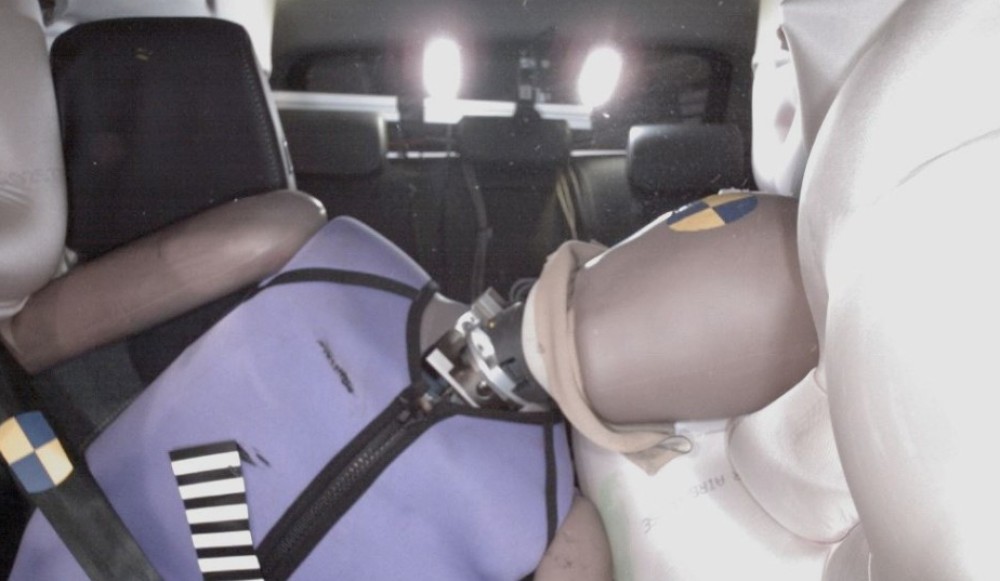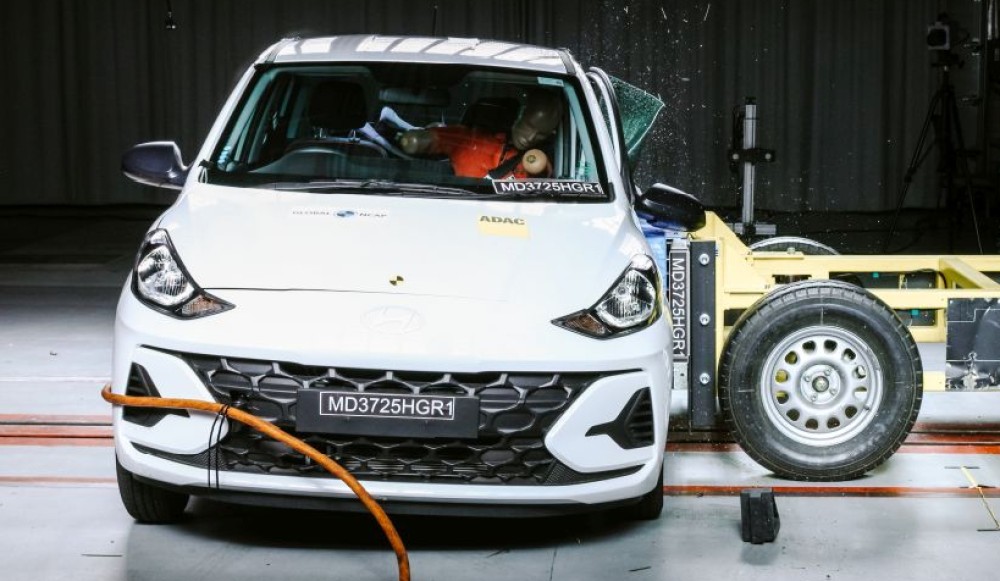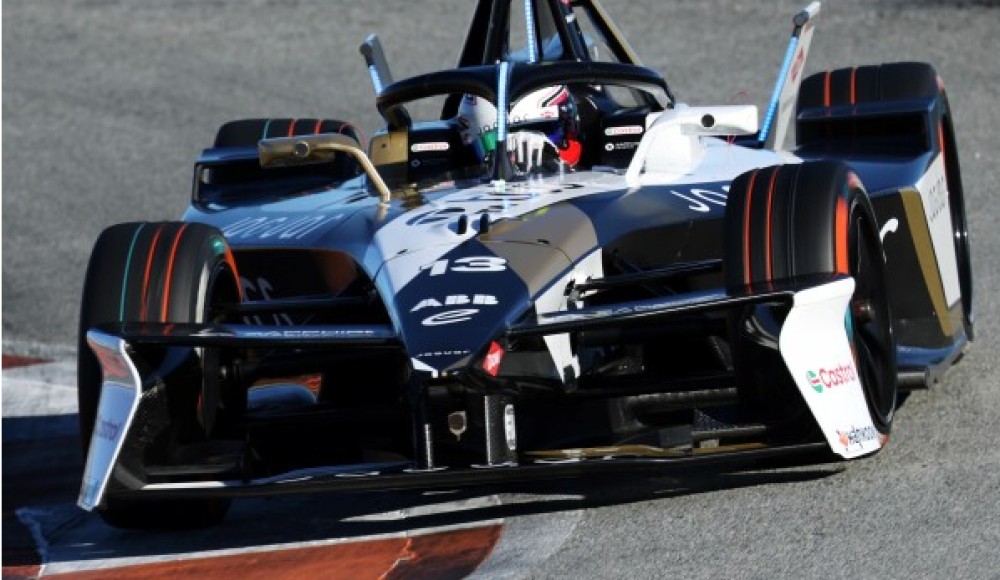Volvo Cars, the pioneers of the automotive safety belt, has revealed a new technology designed to improve occupant protection in varying traffic conditions. This multi-adaptive safety belt, scheduled for introduction in the fully electric Volvo EX60 from 2026, uses vehicle sensor data to adjust its performance based on the situation and the individual passenger.
The system processes real-time information from interior and exterior sensors, considering factors like a passenger's height, weight, body shape and seating position. In the event of a crash, the belt automatically selects a setting intended to offer suitable protection. For instance, it might apply a higher force setting for a larger occupant in a severe crash to help reduce potential head injury risk, or a lower setting for a smaller occupant in a less severe crash to help mitigate the risk of rib fractures
 .
.
Check out these safe Volvo models by clicking here
This adaptability is achieved by significantly increasing the variations in load-limiting profiles, which manage the force applied by the belt during a crash. The technology also allows for future enhancements via over-the-air software updates.
Åsa Haglund, head of the Volvo Cars Safety Centre, described the development as a progression in automotive safety, leveraging real-time data with the goal of enhancing protection. She noted it builds upon the modern three-point safety belt, an innovation introduced by Volvo in 1959.
The development draws on Volvo Cars' extensive safety research, including data from over 80 000 real-life accidents gathered over five decades. This knowledge underpins the company's safety innovations and its internal Volvo Cars Safety Standard, which often goes beyond official testing requirements.
Unlike traditional systems, the new belt integrates data from multiple sensors – exterior, interior, and crash sensors. The vehicle's system rapidly analyses crash characteristics like direction, speed and occupant posture, informing the belt's response within milliseconds.
Volvo Cars states the belt's capabilities are designed to improve over time through software updates, as more data and insights are gathered, enhancing its understanding of occupants and different crash scenarios.

Don't let your search for a new car come apart - just one click and you can find your dream vehicle
The belt functions as part of Volvo Cars' broader safety system, working alongside airbags, occupant detection, and driver assistance features to provide coordinated protection and potentially reduce the risk of subsequent injuries.
Development and testing occurred at the Volvo Cars Safety Centre crash laboratory, marking its 25th year of operation this year. This facility allows engineers to simulate a wide range of traffic accidents and conduct tests exceeding regulatory requirements, supporting Volvo Cars' focus on real-world safety.
Colin Windell for Colin-on-Cars in association with
proudly ALL THINGS MOTORING








